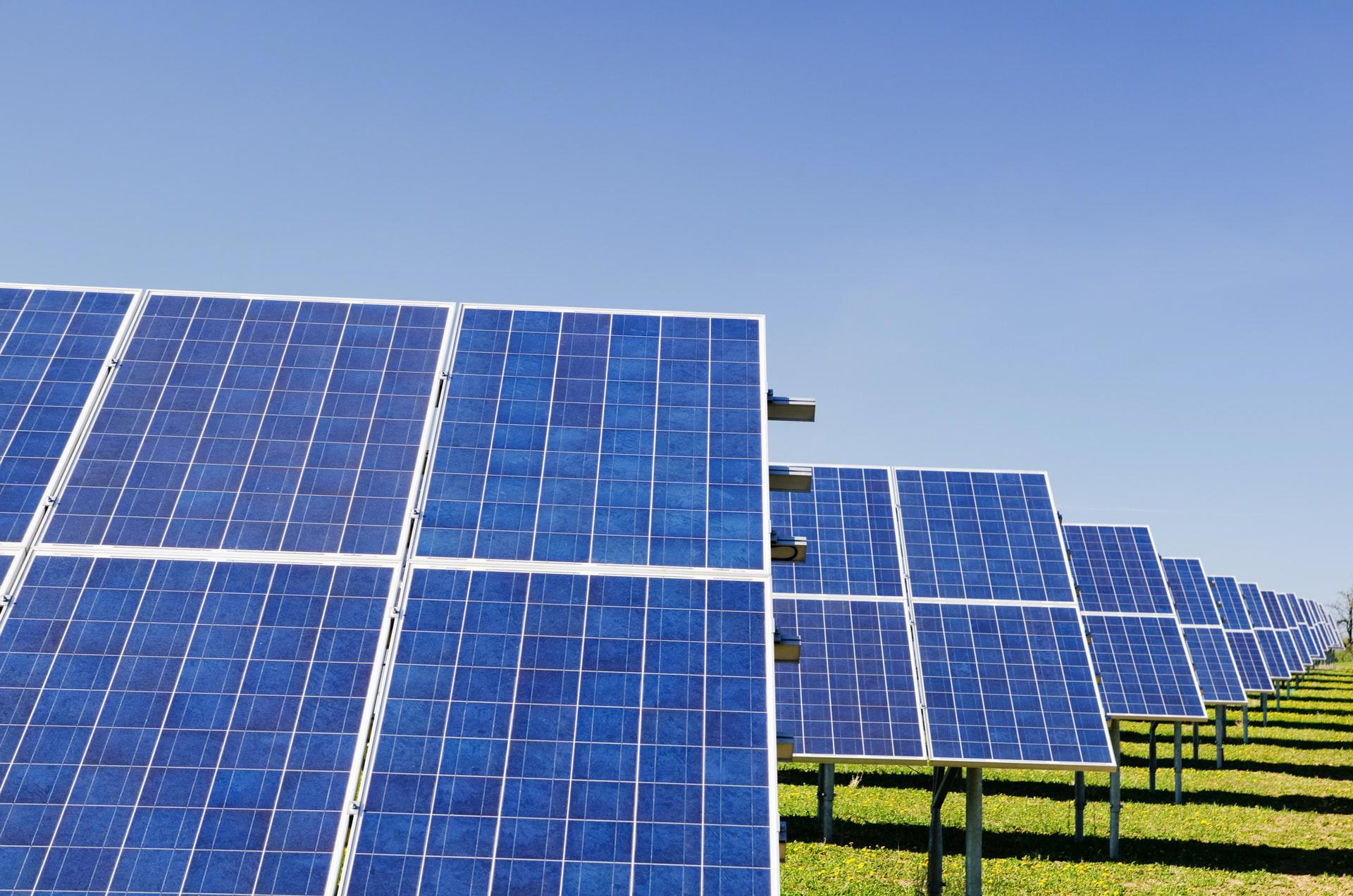Demonstrable durability
by using energy when renewable energy is available.
Connecting to the energy community
Accelerating the sustainability transition together makes energy sharing, joint generation and storage possible.
Lower costs
by rewarding users for their contribution to balancing the energy network.
Increased efficiency
when applying sustainable measures.
A New Layered Energy Ecosystem
A New Layered Energy Ecosystem
Optimal energy exchange with the lowest CO2 emissions possible
The demands set for the sustainability of buildings are getting higher and higher, laws are changing and selecting appropriate solutions can be difficult. At the same time, buildings often generate energy themselves. And as a result of new mobility, generating locally and working from home, a building’s energy use is becoming more and more difficult to predict. As a result, we see that the world of sustainable energy generators does not communicate properly with its consumers. This results in an ever-growing imbalance between the supply and demand of energy, which in turn makes it harder to facilitate the transition to sustainability at an acceptable price.
For this reason, TROEF is building a new energy ecosystem in which we use the right energy in the moment that it is available, we make the source of energy demonstrable, and we provide access to a community. As a result, users will be rewarded for their contributions to the energy transition.
Local Energy Community and Internet of Energy platform
TROEF is developing a layered energy ecosystem, consisting of:
LEC Platform
Local Energy Community for the exchange of energy between buildings in a local energy community.
Interfacing Technique
To link buildings to the LE platform.
Internet-of-Energy platform
to connect multiple local energy communities.
Dashboards
Dashboards that display the achieved CO2 reduction, flexibility values, peak reduction, energy use and energy value.
How does TROEF achieve this?
Starting in an area or a single building
A scan provides insight into the current CO2 footprint, energy consumption and costs.
Connecting to the platform
Connecting buildings to the TROEF LEC platform.
Sharing of energy
Sharing energy within the (local) energy communities and with other communities.
Add participants to energy community
Every sustainability measure leads to a benefit for the user and the community.
The Local Energy Platform
How does TROEF achieve this?
The Local Energy Platform
Reduce energy costs and increase your efficiency
TROEF
Reduce energy costs and increase your efficiency
Improving the efficiency of sustainable measures.
Reduction of energy costs.

CO2 reduction
TROEF is committed to an integrated, inclusive proposition in the areas of sustainability, energy exchange, and flexibility. Here, demonstrable sustainability plays an important part: where is my energy coming from? A decentralized blockchain track and trace system enables the exchange of energy and CO2 between all parties participating in TROEF’s layered energy ecosystem. This is a system that would no longer require a central entity that can potentially create barriers through of pricing or preferences for matching. Blockchain technology allows organizations to settle business transactions without a need for a trusted intermediary party (decentralized ecosystem).
The Internet of Energy platform
Local energy communities are connected to each other through an Internet of Energy platform (IoE platform), which allows for a surplus of energy generated to be exchanged with other energy communities and for optimal use of the energy that is available. Within this new energy ecosystem, energy use and energy generation are optimized at three different levels, with the aim of achieving the lowest possible CO2 emissions and energy use, at the lowest possible cost for the entire energy ecosystem.
Optimization of energy use within the building (residential or utility)
This includes operating a building’s systems (such as solar panels, heat pumps, the ATES system, the ventilation system) in coordination with the two other optimization levels and optimizing them for comfort, sustainability, and costs. TROEF is developing the tools and algorithms for this.
Optimization of energy use within a local energy community through the exchange of energy between buildings and utilizing the available electrical mobility, in such a way that the electrical grid remains balanced and congestion is avoided, and the local energy mix becomes more sustainable.
TROEF is developing an LE platform and tools for each type of local energy community, which can be used to connect buildings to each other for the purpose of energy exchanges between them.
Optimization of energy use through the exchange of energy between different local energy communities in Netherlands that have different usage profiles
Establishing a transparent connection between local energy communities opens up the possibility for working out the (local) energy mix at specific times and taking targeted actions to reduce it. Within TROEF, a new IoE platform is in development, which will be connected to the LE platforms described above, and which will be used to conduct energy exchanges, and to track energy flows between local energy communities on the grid, using blockchain technology.